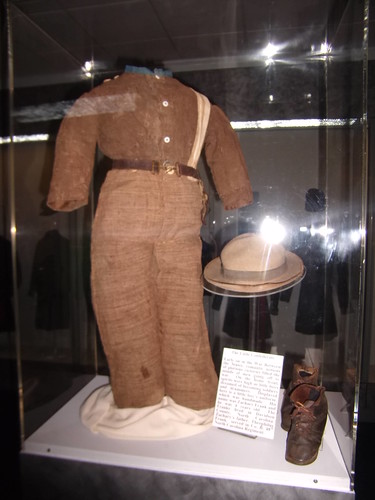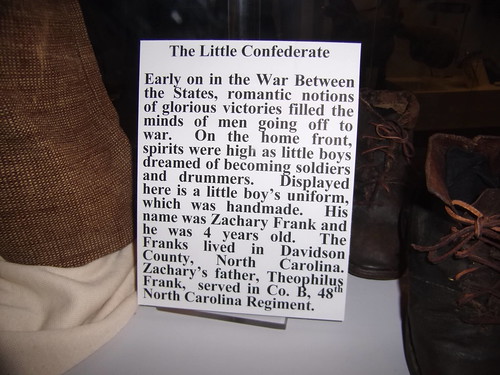In my Stories of the Confederate South anthology, I have a story, Lily, that is centered around the men of the Irish Brigade. Jed Marum performs a wonderful version of a song entitled, “The Boys of the Irish Brigade.” I decided to post his thoughts on the song and the lyrics as well. The chords are in parentheses. I’ve always thought this song a good tool to teach youngsters stories of mythology. Jed Marum will be at Enoch’s Irish Pub, Saturday, Dec. 20! Be sure and come to see him. He will be worth the drive. Please visit Jed Marum’s website here.
Jed says: “Most of what I know of this song I learned from singer David Kincaid’s album, The Irish Volunteer. You can find more info here www.hauntedfieldmusic.com.
The old Irish melody and the lyrics of this song were recently put together by David. He states that he found the lyrics in the Book Of Irish Songs by Samuel Lover and Charles Lever. That book was published in 1860 by A. Winch, of Philadelphia, PA. No authorship is given for the lyrics.
The song celebrates the heroics of the Irish Brigade who fought for the army France during the 18th century – but it was published in the US just at the start of the American Civil War and was certainly appropriate for the period.
David attributes the melody as “My Lodging Is On The Cold Ground,” and it is the same melody also used for “Believe Me If All Those Endearing Young Charms” and others.
“The Boys of the Irish Brigade” Chords and Lyrics
Traditional
(capo 3)
What (C) more or shall I sing you of (F)Roman or Greek
Or the (C)boys you hear (G)tell of in (C)story (G)
Come (C)match me for fighting, for (F)frolic or freak
The (C)Irishman’s (G)reign in his (C)glory
For Ajax and Hector and (F)bold Agamemnon
Were (C)up to the (G)tricks of the (C)trade, (G)Oh
But the (C)rollicking boys for war, (F)ladies and noise
The (C)boys of the (G)Irish Bri(C)gade
What for shall I sing you of Helen of Troy
Or the mischief that come of her flirting
There’s Biddy McClinchy the pride of Fermoy
Twice as much of a Helen, that’s certain
And for Venus so famous, or Queen Cleopatra
Bad luck to the word should be said, Oh
By the rollicking boys for war, ladies and noise
The boys of the Irish Brigade
What for shall I sing you of classical fun
Or the games whether Grecian or Persian
The Currauh’s the place where the knowing one’s done
And the Mallow that flogs for diversion
For fighting for drinking for ladies and all
No time like our times, e’re was made, oh
By the rollicking boys for war, ladies and noise
The boys of the Irish Brigade
TAG:
For fighting for drinking for ladies and all
No time like our times, e’re was made, oh
By the rollicking boys for war, ladies and noise
The boys of the Irish Brigade





